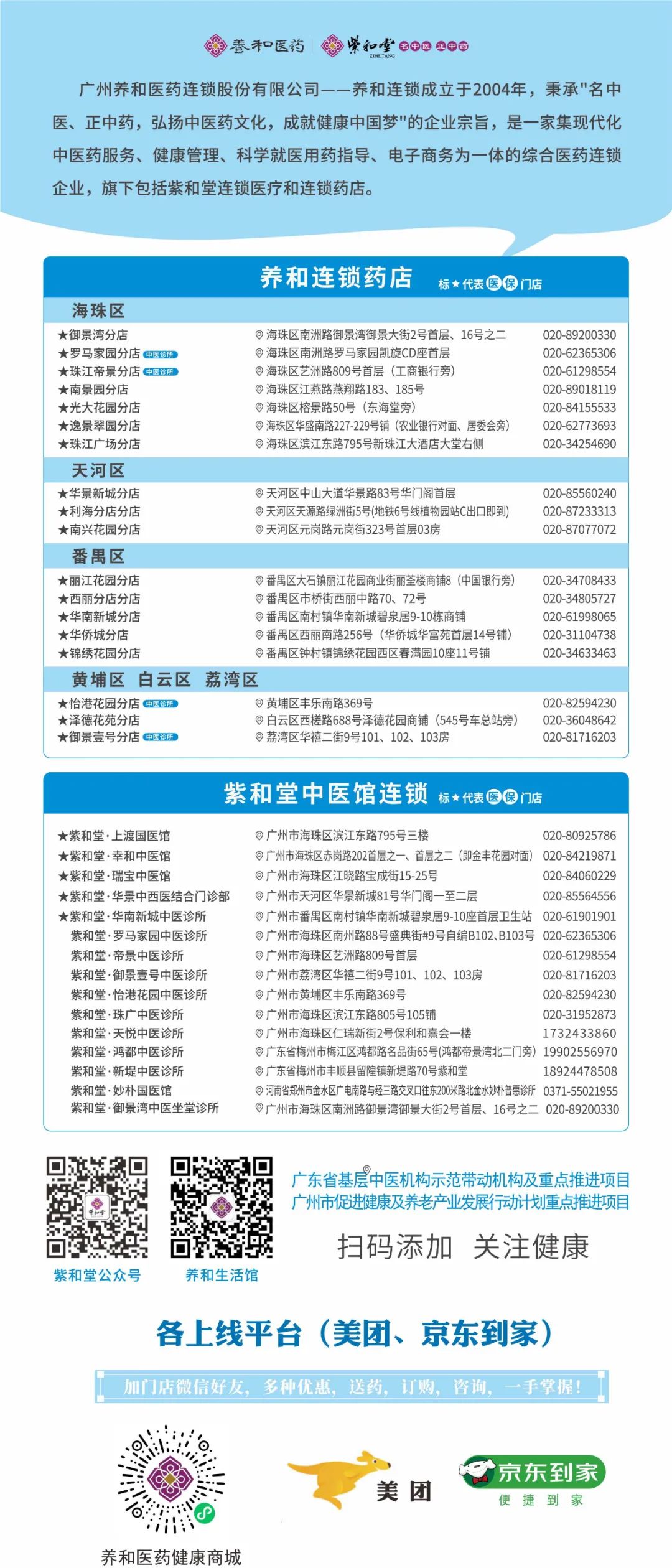Anemia
vs
Blood Deficiency
Traditional Chinese Medicine (TCM) holds that “without Yang, Yin cannot generate; what exists is real, what does not exist is void; when Qi is absent, there is no blood; when blood is absent, there is no Qi; when blood and Qi are lost, it results in deficiency.”
Diagnosis
01
Anemia
Anemia is a concept in modern medicine, referring to a reduction in the volume of peripheral blood red blood cells, which cannot adequately transport oxygen and nutrients to the body’s organs. Clinically, it is generally diagnosed based on the concentration of hemoglobin (Hb) in a complete blood count. In areas at sea level, adult males with Hb < 120 g/L and adult females (non-pregnant) with Hb < 110 g/L can be diagnosed with anemia.
02
Blood Deficiency
Blood deficiency is a concept in TCM, indicating a condition where insufficient blood fails to nourish the organs, meridians, and tissues, resulting in symptoms of weakness. Clinically, diagnosis relies on the patient’s pale or sallow complexion, pale lips and nails, dizziness, palpitations, numbness in hands and feet, scanty and pale menstrual flow, irregular menstruation or amenorrhea, pale tongue, and thin, weak pulse.

Symptoms
01
Common Symptoms of Anemia
Include dizziness, fatigue, palpitations, shortness of breath, and loss of appetite.
In cases of severe anemia or rapid progression, symptoms may include chest tightness, chest pain, or even fainting. Physical examination may reveal pale eyelids, lips, and nails, and may even show heart murmurs or arrhythmias. Some diseases may present with liver and spleen enlargement, lower limb edema, or even altered mental status. Patients with hemolytic anemia may have dark urine or jaundice.
02
Common Manifestations of Blood Deficiency
Similar to anemia, symptoms include pale lips and nails, dizziness, fatigue, and palpitations, but may also present as dry, flaky skin, brittle hair, dry stools, and in women, scanty or delayed menstruation. If accompanied by Qi deficiency, symptoms may include shortness of breath, fatigue, pale red tongue, thin coating, and thin or rapid pulse.

Anemia and blood deficiency are related yet distinct. Both are caused by insufficient formed elements in the blood, sharing significant similarities, especially in severe cases, blood deficiency is certainly accompanied by anemia, and more severe anemia will inevitably present with blood deficiency.

However, modern medicine emphasizes changes in tissue structure, thus focusing on the formed elements of blood, particularly whether Hb levels are within normal ranges;
TCM emphasizes changes in organ function, placing greater importance on the normal function of blood. Clinically, mild blood deficiency often occurs when the formed elements of blood are still within normal ranges (no anemia) but show functional decline; whereas in cases of more severe anemia, TCM views these patients as not only having blood deficiency but also Qi deficiency.

In summary, we can understand the relationship between anemia and blood deficiency as follows: the scope of blood deficiency is broader than that of anemia; most patients with anemia have blood deficiency (or may also have Qi deficiency or Yin deficiency), but not all patients with blood deficiency have anemia. Of course, there are also a small number of anemia patients who do not exhibit clinical symptoms, making it difficult to diagnose blood deficiency.
Correct Methods for “Nourishing Blood”
01
Anemia
First, it is essential to clarify the diagnosis and identify the underlying causes of anemia. There are many causes of anemia that require relevant examinations, such as hematological tests, gastrointestinal endoscopy, or even bone marrow biopsy, to determine whether the anemia is due to insufficient red blood cell production, excessive consumption, or excessive destruction.
For example, various subjective or objective reasons leading to reduced food intake, dieting, or gastrointestinal diseases preventing normal eating can cause insufficient red blood cell production;

Abnormalities in the bone marrow hematopoietic system, such as aplastic anemia, myelodysplastic syndromes, multiple myeloma, acute or chronic leukemia, can lead to limited red blood cell production;
Various bleeding (such as hemorrhoidal bleeding, excessive menstrual bleeding, prolonged menstruation, etc.), gastrointestinal ulcers, or tumors can lead to excessive red blood cell consumption;
Genetic or acquired factors causing structural defects or damage to red blood cells can lead to excessive destruction, often presenting as hemolytic anemia.

Identifying the root cause of anemia is essential for targeted treatment.
This includes supplementing hematopoietic materials (such as iron supplements, folic acid, or vitamin B12), or anti-hemolytic treatments, or stimulating bone marrow hematopoiesis, or chemotherapy, or surgery, thereby correcting anemia at its source. The effectiveness of treatment is judged based on the degree of increase in hemoglobin.
02
Blood Deficiency
Based on the patient’s clinical symptoms and tongue and pulse manifestations, determine the organ systems affected by blood deficiency, such as heart blood deficiency, liver blood deficiency, or dual deficiency of heart and spleen, while also considering the presence of symptoms such as fever, pain, or itching to assess whether there are concurrent syndromes of Qi deficiency, Yin deficiency, blood stasis, or blood heat, thus formulating a treatment plan.
Doctors often use formulas such as Si Wu Tang (Four Substance Decoction), Dang Gui Bu Xue Tang (Angelica Blood Nourishing Decoction), Ba Zhen Tang (Eight Treasure Decoction), Gui Pi Wan (Restore the Spleen Pill), and Ren Shen Yang Rong Wan (Ginseng Nourishing Decoction).
TCM believes that “without Yang, Yin cannot generate; what exists is real, what does not exist is void; when Qi is absent, there is no blood; when blood is absent, there is no Qi; when blood and Qi are lost, it results in deficiency.”
Therefore, treatment of blood deficiency often involves supplementing both Qi and blood. The effectiveness of treatment for blood deficiency is assessed based on the improvement of the patient’s symptoms and tongue and pulse signs.
”
 Click to learn more…
Click to learn more…

【Health】 | 3 Foods That Can Make Your Bones “More Brittle”! Be Sure to Eat Less, Calcium is Taken Away by Them!
【Knowledge】 One Liang of Chicken Inner Gold is Worth One Liang of Gold, Eating in Spring Can Nourish the Liver and Spleen
【Diet Therapy】 | Liver Problems Affect Sleep! A Handful of Snacks Daily Can Nourish Liver Blood for Better Sleep, Less Dreaming! “Eastern Sleep Fruit” Lives Up to Its Name~
【Disclaimer: We respect originality and focus on sharing. Some images are sourced from websites, and copyright belongs to the original authors. If your rights are infringed, please contact us promptly, and we will delete them within 24 hours!


